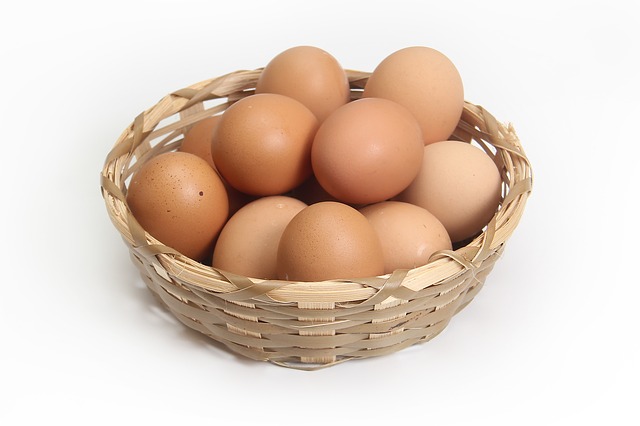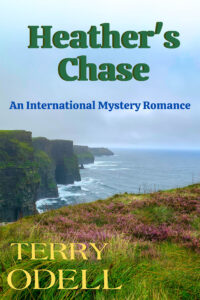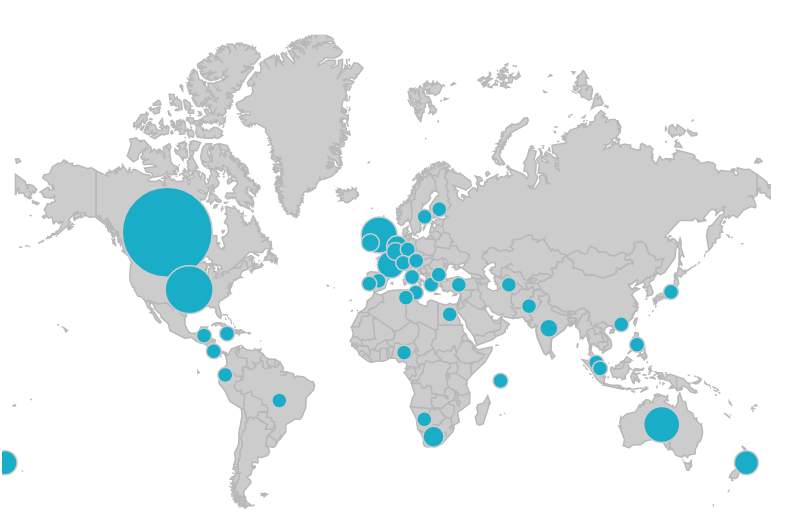Going Wide–or Don’t Put All Your Eggs In One Basket.
Terry Odell

Image by Varintorn Kantawong from Pixabay
Garry had an excellent post going into great depth for using Amazon to self publish, tips that are useful for anyone putting their own books out there. I use Amazon, and it makes up a strong percentage of my writing income, but I’m a strong proponent of going wide. For me, it’s about people, and not everyone shops Amazon, especially internationally. I’ve reached readers in countries I’ve never heard of via Kobo’s platform. (Not that geography was ever my strong suit.)
Another perk of going wide is being able to set your book’s price to free at any time. I’ve found offering first in series free for several of my series is an excellent way to attract readers and drive them to the rest of the books. Amazon will price match–maybe, but it often takes some effort. Plus, as I understand it, the KDP Select TOS say you can’t distribute enrolled ebooks for free, so giving them away via services like BookFunnel, etc., as reader magnets or rewards is off the table. Many readers who subscribe to Kindle Unlimited are the sort who want lots of books at little or no cost, and I prefer to attract readers who are willing to pay for books, not wait for free days. However, going wide opens the door for other subscription services such as Scribd or Kobo Plus.
First, my personal history. When I started writing, which wasn’t all that long ago, I was with digital publishers. There was no Amazon, so each publisher had its own website with its own store. Digital publishing got its push with Ellora’s Cave, because they published erotica (which they called “romantica”). Privacy was a huge selling point. Readers could buy books on line and read them on their PDAs. (Yes, it was that long ago.)
Then, Amazon came into the mix, and digital publishing took off. For all practical purposes, they were now the “only” game in town, and when my traditional publisher remaindered my first book, it seemed reasonable to give Amazon a try. I wasn’t a huge name, so sales weren’t great, but it was a new way to reach readers with ebooks, since the publisher printed only in hard cover and targeted libraries, not bookstores. There was no monetary investment, so I had nothing to lose.
As I recall, Smashwords appeared shortly thereafter, and Barnes & Noble was next on the digital scene. I added them to my distribution channels. Amazon had just started its “Select” program requiring 90-day exclusivity, and I didn’t want to play that game. (Note: I still don’t.) When Nook came out with its now defunct “Nook First” program, I was in the right place with a new release, and gave them 30-day exclusivity. In return, my book appeared on their home page for a week, and emails promoting my book were sent to anyone who owned a Nook or had bought any of my books. I recall the Hubster saying, “Hey, Barnes & Noble just told me to buy your book,” and my daughter-in-law saying someone at work came up to her and asked if she was related to the author. I made $20,000 that month from Nook sales (and had to give back most of my Social Security and hire a tax guy).
As more channels opened, I added all my titles to each. So, that’s my publishing history. Back then, the technical aspects of getting books formatted was more challenging, but I figured it out, and if I can do it, anyone should be able to, especially now. Some basics are formatting in TNR, 12 point font, 1 inch margins all around and use a paragraph style for indenting, NOT TABS. EVER.
(Note: as more and more e-readers have come out, the end-user has control over things like fonts, etc., so there’s no need to get fancy with formatting. Stick to the recommendations.)
Now, it’s SO much easier. If you’re not comfortable with formatting, Draft2Digital will take your word doc and format it for you. All you really need to start is the doc file (they take docx, rtf, and epub as well). In their words, “If Word can read it, we can, too.” They also give you a choice of “decorations” for chapter headings and scene breaks, as well as drop caps if you want them, or other ‘start of chapter/scene’ options. (But not if you give them an epub.)
 (Another note: I don’t justify my digital files because when you up the font, as many readers do, you get huge ugly gaps of white space. Kindle automatically justifies the file. I do justify my print format.)
(Another note: I don’t justify my digital files because when you up the font, as many readers do, you get huge ugly gaps of white space. Kindle automatically justifies the file. I do justify my print format.)
D2D will also create front and back matter, including an “also by the author” page that sends people to Books2Read, a link to a choice of bookstores for the reader. I first used D2D when they were new and the only way to get to Apple without a Mac, but they also distribute to places like Hoopla, Scribd, Tolino, 24 Symbols, and Bibliotheca and OverDrive for libraries.
As digital has grown, so has conversion software, because the better the book looks, and the easier it is to use the channel’s site, the more money you both will make. However, the former author relations guy at Kobo said D2D had the best conversion software out there, and he used them to make his epubs to put up at Kobo.
I go direct to Nook, Kobo, and Kindle and Smashwords because there are some perks available, such as promotion opportunities, discount coupon offers to readers, but D2D will distribute to those channels if you want. I use the epub file that D2D provides (no charge—you can download their epub and mobi formats and don’t even have to publish your book with them.) I’ve used them to create reader magnets for giveaways. I can use that file at Kobo, Nook, Kindle, and Smashwords. Again, the easier the interface is to use, the more likely authors will publish, so following directions at each of the channels is all you need to do. They’re all (of course) slightly different, but if I can figure out where to put the information, anyone should be able to.

Image by Terri Cnudde from Pixabay
It took me longer to establish a readership at the other channels, but now that I have it, I don’t want to lose them. They’re the frosting on my royalty cake. Plus, if Amazon sales sag, the other channels help make up for it.
For the record, I’m a Nook book-buyer, so if a book is exclusive to Amazon, it’s not likely I’ll buy it. Yes, I have the Kindle app, but I prefer the user interface on my Nook. About the only Kindle books I “buy” are the Prime freebies each month, and many months, not even those. Yes, as an author, I make more money selling at Amazon, but exclusivity rubs me the wrong way. My take: The more power we give Amazon, the more they can change the rules to suit their game. This means that if they decide to end Kindle Unlimited, which they could, you’ll have to start from scratch building a wide readership. Putting all my eggs in one basket doesn’t work for me.
You do what works for you, and since I’m retired and don’t need to put food on the table with my book earnings, I prefer to reach more people who will buy my books, not make the most money possible. I write because I can’t imagine not writing.
Questions? Experiences to share? The floor is open.
 My new Mystery Romance, Heather’s Chase, is now available at most e-book channels. and in print from Amazon.
My new Mystery Romance, Heather’s Chase, is now available at most e-book channels. and in print from Amazon.
Terry Odell is an award-winning author of Mystery and Romantic Suspense, although she prefers to think of them all as “Mysteries with Relationships.” Follow her on Facebook and Twitter.

